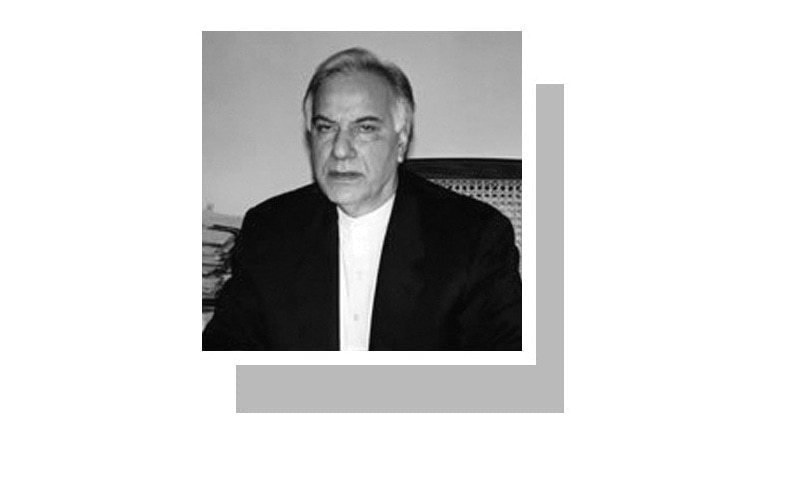SOMETIME ago, a letter in this paper claimed that 38 million people were involved in begging in the country and they collectively earned billions a day. If verified, these figures should make us hang our heads in shame, especially when there are reports that the majority of beggars in the Middle East are from Pakistan, having slipped in mostly as pilgrims to Saudi Arabia, Iran and Iraq. National pride is further dampened by reports that the Pakistani passport is perceived to be the fourth worst in the world; ahead only of Afghanistan, Iraq and Syria.
But amid these circumstances, we have an organisation which is described as among the best of its kind globally, manned by people from the same country. The Pakistan Air Force did the nation proud in the wars fought since 1947. With the country having low education levels and poor technology skills, the PAF’s achievements are even more remarkable considering the high-tech skills required in modern air combat.
What can explain such a great contradiction? The only thing that comes to mind is the strength of the PAF as an organisation. Each member of the force is motivated and knows the history of the PAF from day one: who were the PAF heroes, who were its chiefs? What did each achieve? Every pilot would like to be an M.M. Alam or a Yunus or a Rafiqi. Every chief would like to be a Nur Khan or an Asghar Khan.
When a chief takes over, he is assured a minimum three-year term; there’s no example of a chief’s term being curtailed in the last 78 years. This gives the chief time to plan properly and take the organisation one notch up.
There is no known interference from any quarter, political or military. Organisational autonomy is respected, as it is in the rest of the armed forces; resultantly it moves towards incremental improvement rather than any jerky reform as one may find in some civil organisations. No politician can demand that a certain officer be made base commander of this or that base or buy this or that plane.
Pakistan is a country of strange contrasts.
The organisational autonomy gives absolute authority to its chief, where everyone within the force looks up to him and not to anyone in the political corridors. Result-antly, the most important rule of good governance is practised: that responsibility and power rest with the same person.
In the same vein, the Pakistan Army is also one of the finest fighting forces at the operational level. Besides, in October 2024, the army’s 67 Punjab Battalion achieved a remarkable feat by winning the gold medal at the UK’s Exercise Cambrian Patrol held in Wales. This competition is known as one of the world’s most challenging tests of basic soldiering skills, assessing participants on battle-craft, leadership and endurance.
Even though the army has intervened in others’ affairs (not the subject of this piece), no one interferes in the affairs of the army as an organisation. Its chiefs have assured tenures and complete powers, especially over personnel, so that they can plan and command with complete authority and stability, resulting in an effective organisation.
So what are the common features that have made the PAF and the army effective and efficient organisations? It is their continuity, stability and absolute autonomy given to their chiefs.
Contrast this with the rest of the intuitions in the country — bureaucratic, political and judicial. Let us look at the provinces. The bureaucracy is led by the chief secretary. You would think in most provinces he is the one who gets to decide who gets posted where, especially in important positions. You have no idea of the ground realities if you think that is the case.
Similar is the case of the federal government. No senior officer looks up to the Establish-ment Division or the secretary in charge of a division for a posting or promotion. These matters are decided elsewhere and procedural details are only a pretence of following the rules.
The same story plays out in politics. Admittedly, they have had to take orders from invisible forces to survive. However, it’s also true that their own structure is questionable, considering that these political parties, which claim to be proponents of democracy, exhibit hardly any traits of the latter within their own organisation.
So when power and responsibility do not rest with the same person, how can we expect results from any institution and how can we even describe such an organisation as an institution? Unless this basic flaw is recognised and fixed, any talk of reform is a further waste of time and resources.
It pains all proud Pakistanis that their country, which has the potential to resemble the PAF, is seen, instead, as one with millions of beggars. I will, however, not stop dreaming of a day when all institutions of Pakistan are as well run and effectively as the PAF.
The writer is a former civil servant.
Published in Dawn, June 27th, 2025
